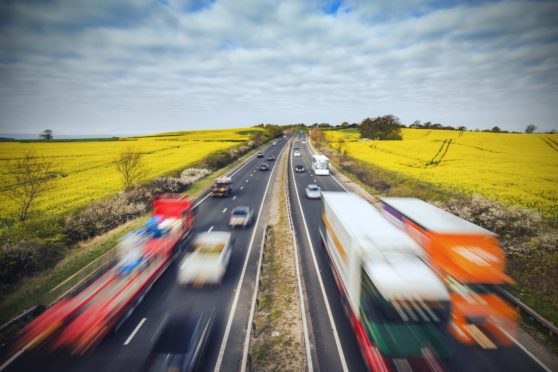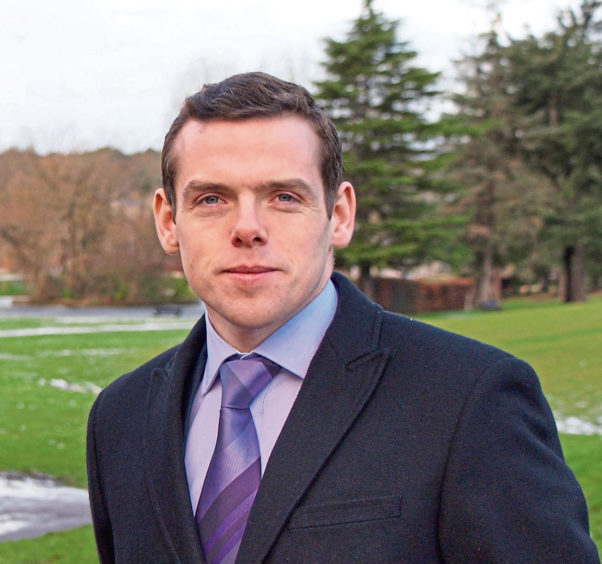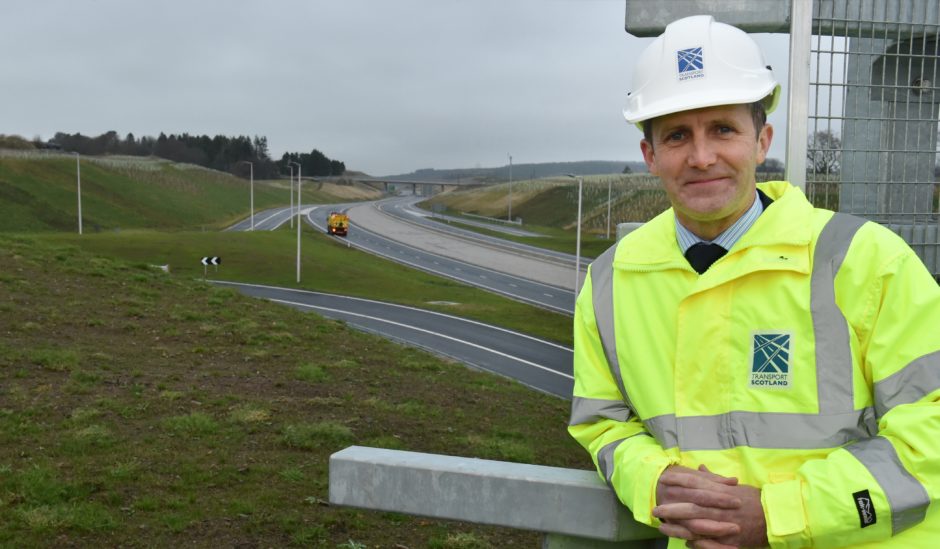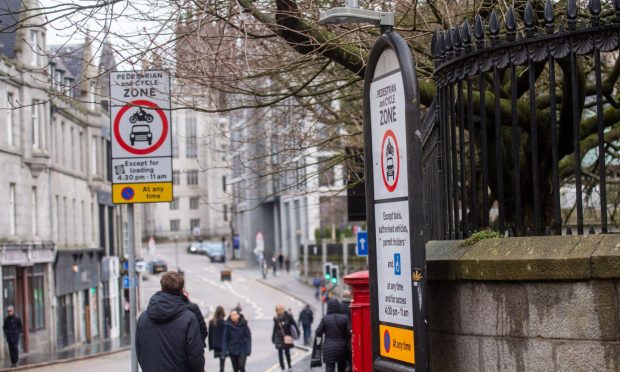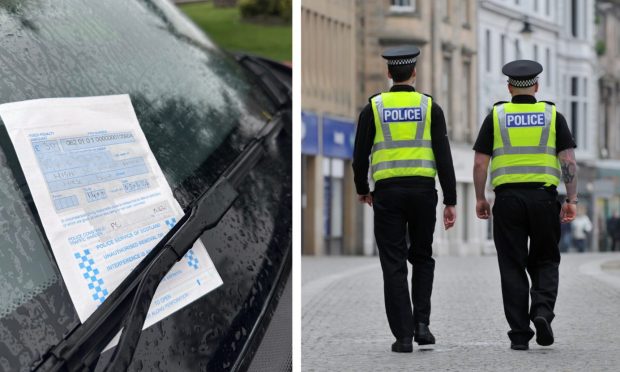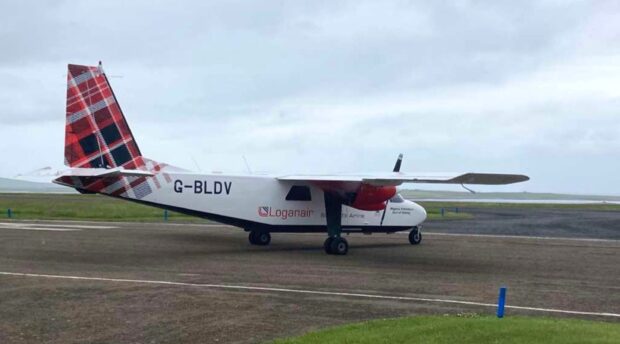Traffic has risen by up to a third on key roads across Scotland since the first week of the coronavirus lockdown.
New data show a rise in the number of vehicles travelling on all 78 highlighted sections of the nation’s trunk road network where automatic counters have been operating.
The figures raised fresh fears that more people have been flouting official government advice, to stay at home and avoid non-essential travel, as the lockdown has continued.
An analysis by The Press and Journal has compared early Transport Scotland figures for the first full week after the lockdown was announced, starting on March 30, to the week beginning April 27.
The largest increase in traffic recorded was of 37% on part of the A77 road between Glasgow and Ayrshire, while it was up by 33% on the A78 at Skelmorlie, also Ayrshire.
The next highest rise in vehicle numbers was a 29% increase found on three roads – one of which was the A96 between Aberdeen and Inverness, at the Mosstodloch bypass.
On the A9 between Perth and Inverness, an increase of 18% was recorded at Perth and Inveralmond, as well as rises of 14% at Dunkeld and at Moy.
In Fife, the A92 Cowdenbeath to Lochgelly route was up by 24%, as was the B981 at Inverkeithing, while traffic on the A985 at Rosyth had increased by a quarter.
Vehicle numbers were up by a fifth in Aberdeen on parts of Anderson Drive, while the A90 route between the Granite City and Dundee also experienced a 21% increase in traffic south of the Bridge of Dee, a 15% rise south of Portlethen and was up by 13% at Stonehaven.
On the A82 between Inverness and Glasgow, meanwhile, there were 22% more vehicles at Glenurquhart and an increase of 13% at Glencoe east.
With the A96 Mosstodloch bypass recording one of the highest increases in vehicles, Moray MP Douglas Ross said: “These figures confirm what has been clear in recent days as an increase in traffic movement has been noticeable.
“Some of this may be down to certain businesses reopening with appropriate social distancing allowing people to safely return to work, but if there has been any increase in non-essential travel that risks undermining the efforts that the vast majority have put in to allow us to tackle this virus.
“While the government advice remains the same, people need to continue to follow the restrictions that have been put in place.
These are difficult for everyone, but we are seeing our combined efforts help the NHS and save lives.
“If we need to stick with this a little longer it will make a huge difference and we can beat Covid-19.”
Transport Scotland has said that car traffic levels show an increase of 20%, if one compares actual journeys since the week beginning March 30.
But the agency said that trip distance information suggested that the increase was predominantly accounted for by local trips.
Walking and cycling continues to be typically higher compared to the start of lockdown, and public transport use remains low, it added.
Transport Secretary Michael Matheson said: “I would like to thank and pay tribute to the clear overwhelming majority of people who are continuing to follow government guidance and limit travel to only essential journeys.
“This is a vital effort as we collectively continue to help protect the NHS and save lives.
“This week’s transport trend data shows some further upward movements in car traffic and concessionary travel since the lockdown began.
“Given these trends and ahead of a bank holiday weekend, we have to be absolutely clear, it is still as important as ever to only leave the house for essential journeys.”
